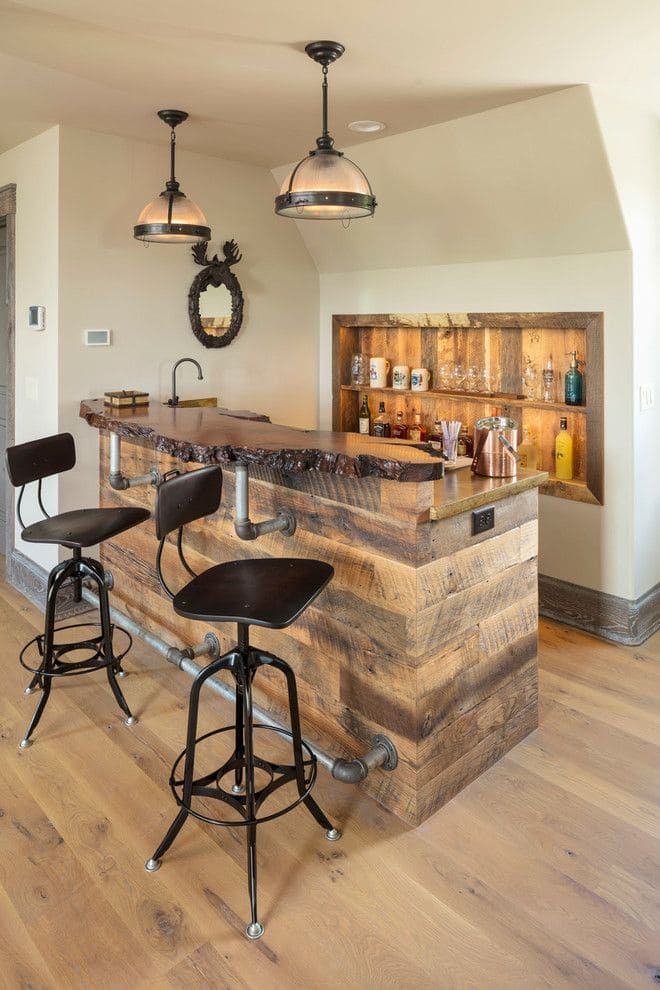Introduction:
Deck flashing is a crucial component of any deck structure, serving as a protective barrier against water infiltration and potential damage. Whether you’re building a new deck or looking to enhance an existing one, installing deck flashing is a wise investment that can extend the life of your deck. In this detailed guide, we will walk you through the step-by-step process of installing deck flashing on an existing deck, ensuring a sturdy and long-lasting structure.
Assessment and Preparation:
Before you start the installation process, thoroughly inspect your existing deck for any signs of water damage, rot, or decay. Replace any damaged or rotten boards and make sure the deck’s structure is sound. Additionally, clear the deck of any furniture, plants, or other obstacles to provide a clean and accessible workspace.
Choose the Right Deck Flashing Material:
Deck flashing comes in various materials, such as metal (aluminum, copper, or galvanized steel) and synthetic materials. Each material has its advantages and disadvantages, so choose one that suits your budget and preferences. Consider factors like durability, corrosion resistance, and compatibility with your existing deck materials.
Measure and Cut Flashing Material:
Measure the perimeter of your deck to determine the amount of flashing material needed. It’s essential to have continuous, unbroken lengths of flashing to ensure proper protection. Use a straight edge and a utility knife or metal shears to cut the flashing material to the required length.
Prepare the Deck Surface:
Clean the surface of your deck thoroughly, removing any dirt, debris, or old caulk. This step ensures proper adhesion of the flashing material to the deck structure. If there are existing gaps or spaces between boards, consider sealing them with an appropriate caulk to prevent water penetration.
Apply Flashing Along Joists:
Start by applying the flashing along the top edge of the deck’s joists. Ensure that the flashing extends beyond the edge of the deck, directing water away from the structure. Attach the flashing to the joists using corrosion-resistant screws or nails. Space the fasteners evenly to secure the flashing in place.
Install L-Shape Flashing at Ledger Board:
If your deck is attached to the house, install L-shaped flashing along the ledger board. This prevents water from seeping behind the ledger and causing damage to the house structure. The horizontal part of the L should be under the siding, while the vertical part covers the top of the ledger.
Seal Joints and Edges:
To enhance the effectiveness of the flashing, seal all joints and edges with a high-quality, weather-resistant caulk. Pay special attention to corners, intersections, and areas where the flashing meets the house or other structures. This additional layer of protection ensures a watertight seal.
Repeat the Process for Stair Stringers and Posts:
If your deck has stairs or posts, repeat the flashing installation process for these structural elements. Ensure that all critical points, including the base of posts and connections to the deck, are adequately protected against water intrusion.
Inspect and Maintain:
Once the flashing is installed, regularly inspect your deck for any signs of wear, damage, or loose fasteners. Address any issues promptly to maintain the integrity of the flashing system. Periodically reapply caulk to joints and edges as part of routine maintenance.
Conclusion:
Installing deck flashing on an existing deck is a worthwhile investment in preserving the structural integrity of your outdoor space. By following this comprehensive guide, you can ensure that your deck is well-protected against water damage, ultimately extending its lifespan and providing a safe and enjoyable outdoor environment for years to come.





